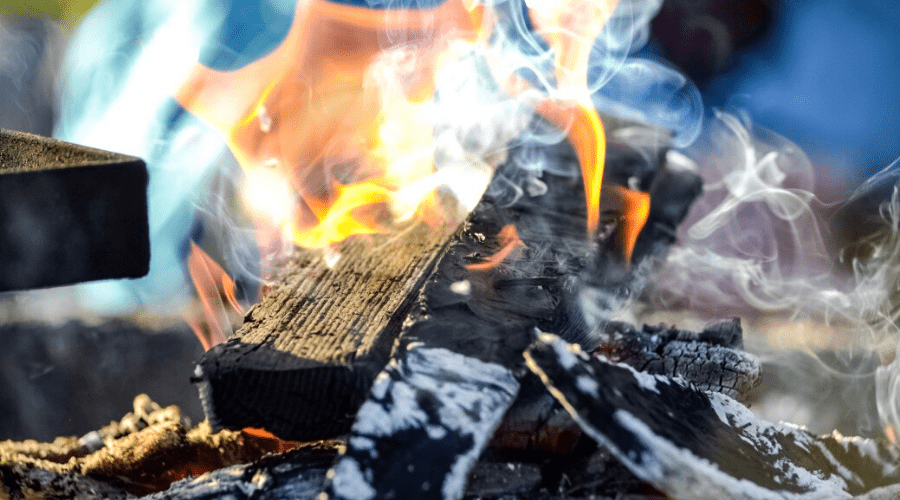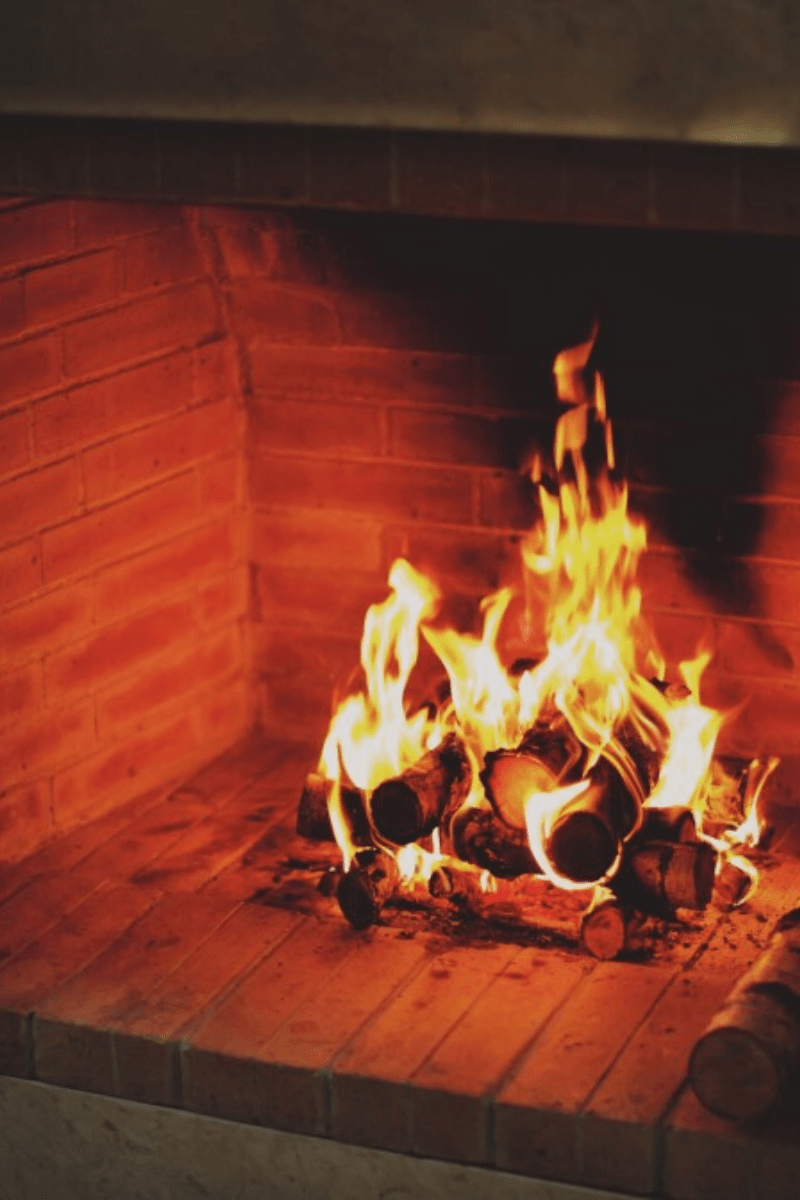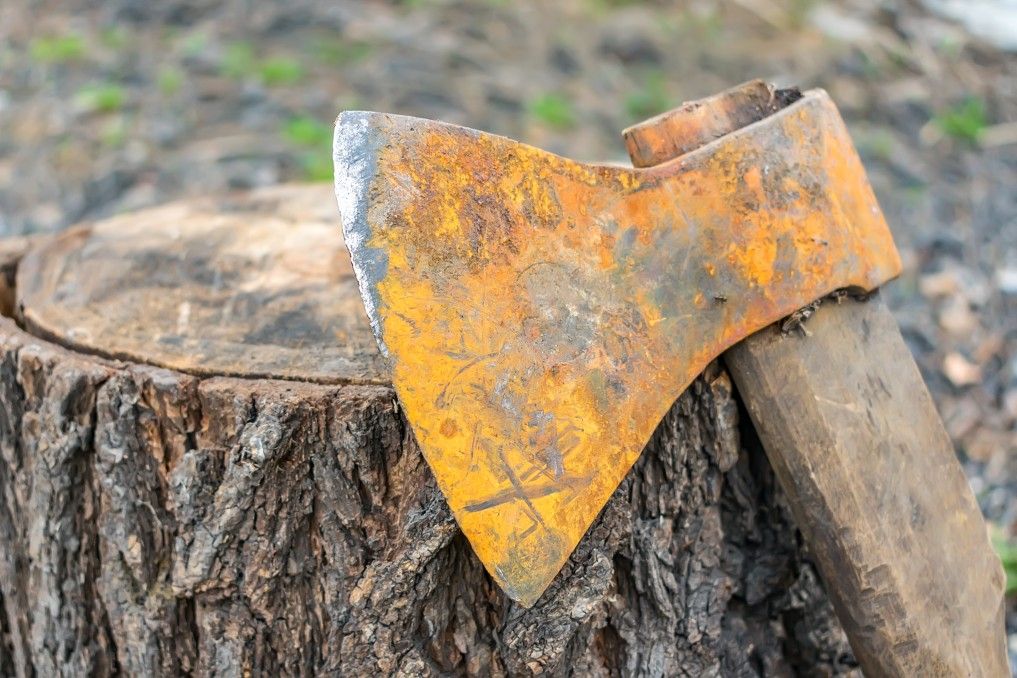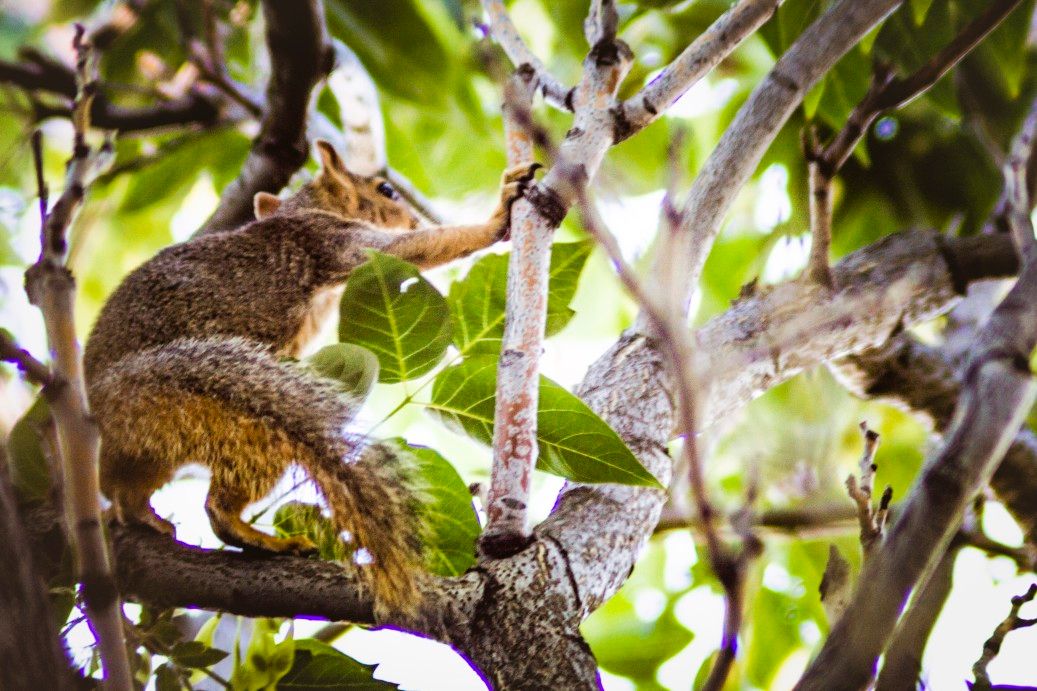Not all firewood was created equal. Some provide enough heat to keep you warm through a long winter night, while others will have trouble cooking your marshmallows. Some smell like heavenly, sweet fruit... while others smell like burning manure. That's right. There is firewood that smells like burning manure.
To help you avoid it at all costs and find the sweetest, smokiest smelling firewood for you, I've compiled this list of the five best-smelling varieties of firewood. Read along to find out which firewood smells the best and which you should never burn (unless you want your house to smell like hot trash).
Best-Smelling Firewood Comparison Table
|
PRODUCT |
FEATURES |
||
|---|---|---|---|
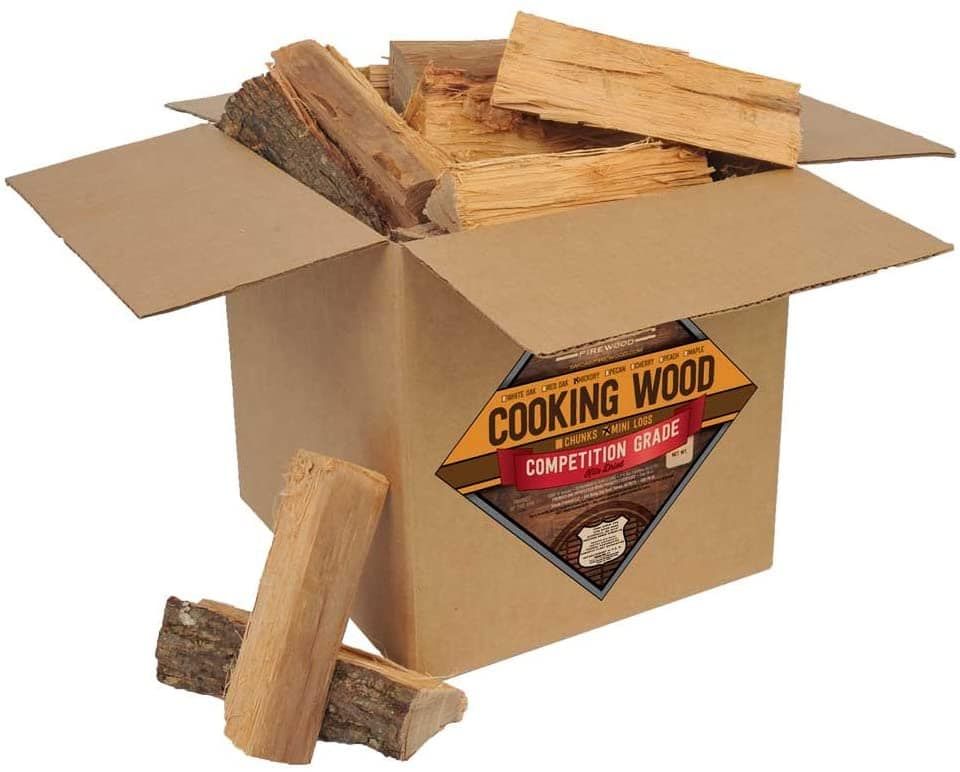
|
|
||
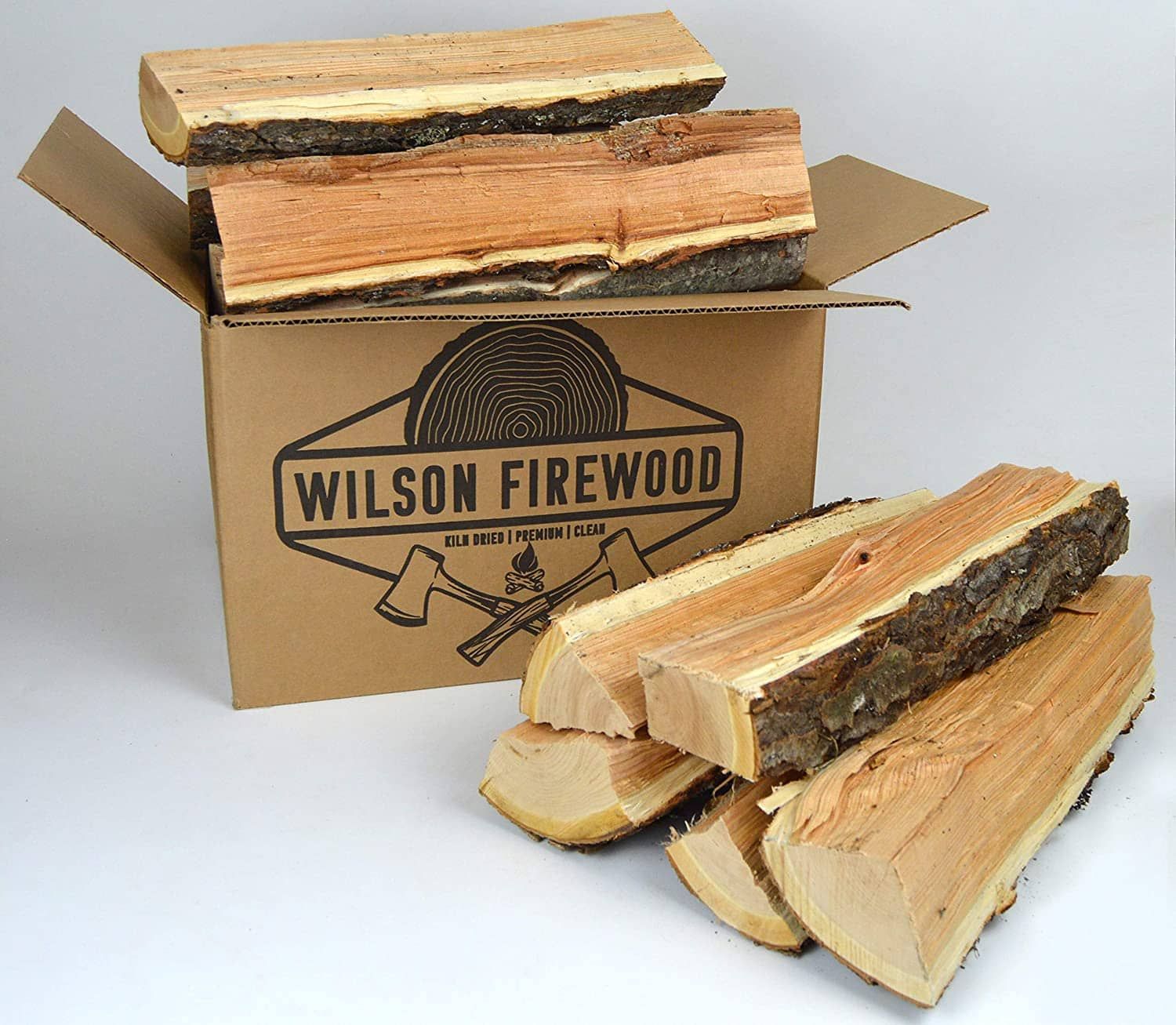
|
|
||
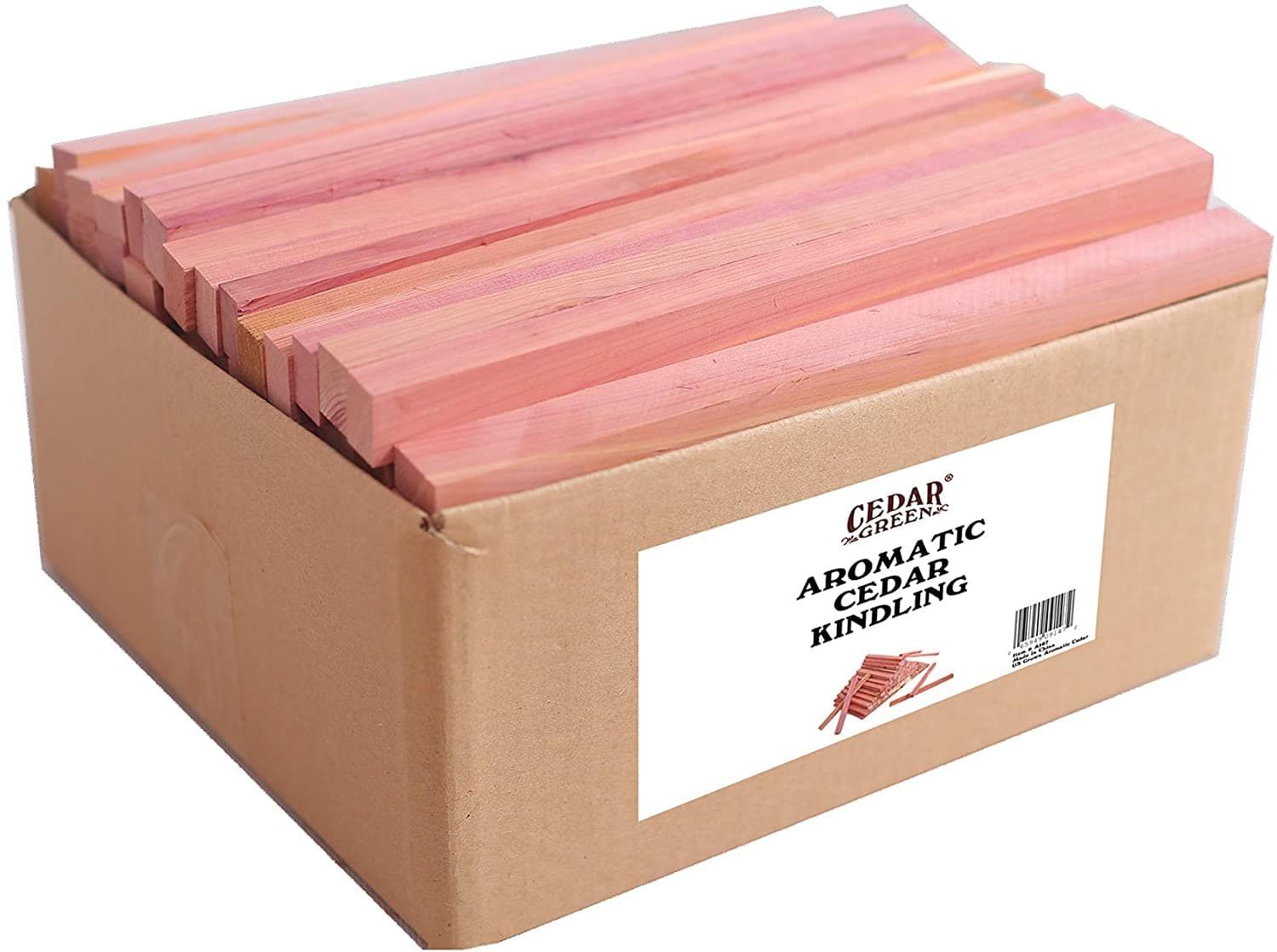
|
|
||
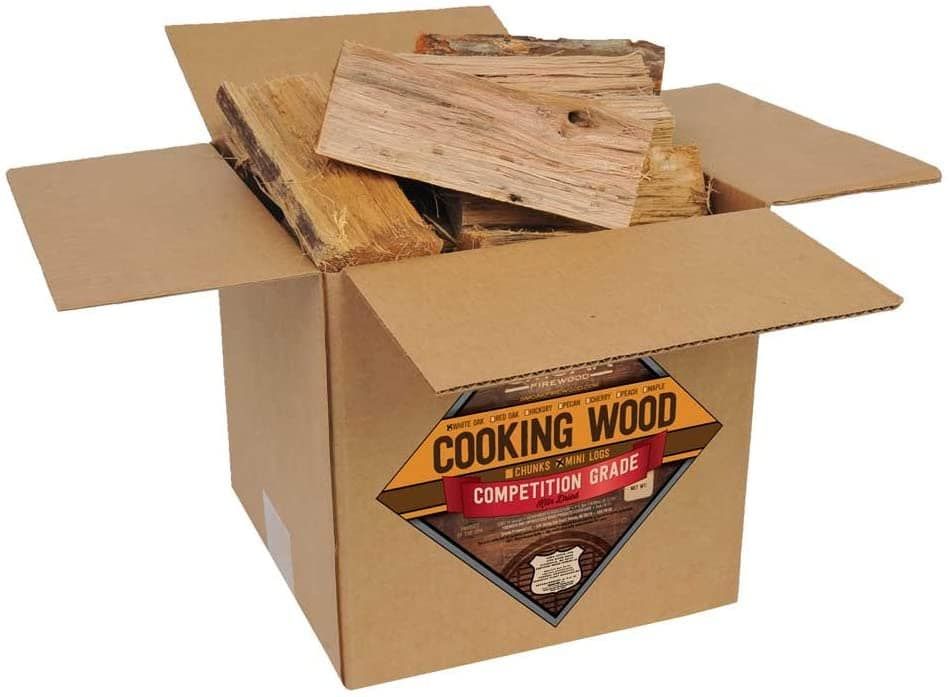
|
|
||
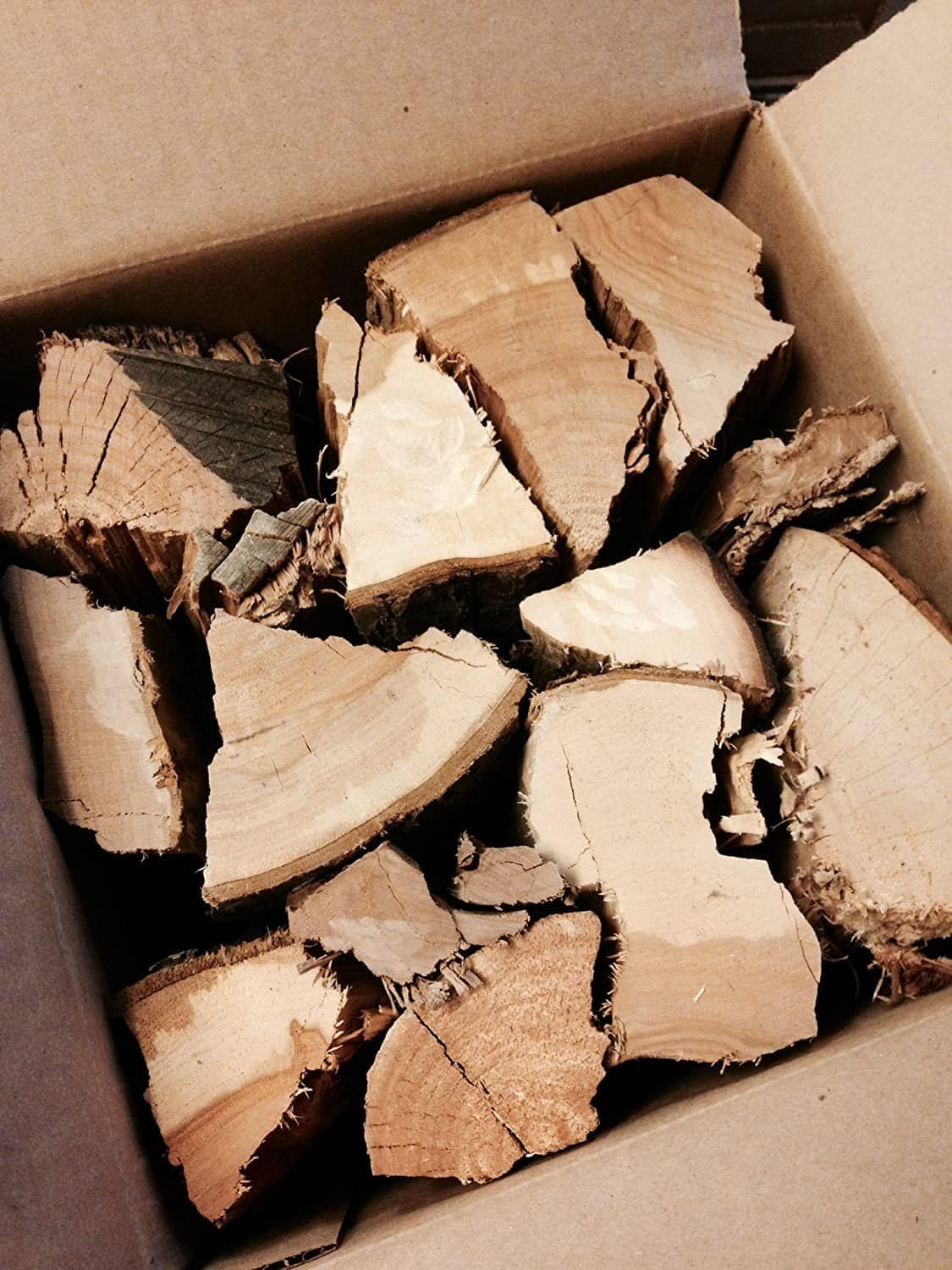
|
|
Why You Should Trust Us
Our professional team of DIY and woodworking experts can answer all of your burning questions about wood. Whether you're curious about firewood processors, the best log splitters, the best firewood racks, or the most powerful firewood chainsaws, we have a guide for you.
Want to know how to stack firewood, how much firewood to get, and what to do with fire pit ashes? Check out some of our helpful tutorials.
When it comes to a topic like "the best smelling firewood," you know Backyard Boss has the expertise to provide you with a detailed, in-depth answer.
Types of Firewood Smells
There are so many incredible firewood types, including wood that smells a little fruity and sweet, logs with a hint of earthiness, or even firewood with a bit of a nutty fragrance. To decide what particular smell appeals to you, check out the most popular ones listed below.
Classic Woodsmoke Smell
When you think "traditional campfire," the smell you envision is firewood with a classic wood smoke smell. Many top-tier woods, like Oak and Hickory, have this smell, particularly lends itself to smoking and grilling meats, giving them that unique BBQ taste.
Sweet and Fruity Smell
Typically wood with a sweet and fruity smell belongs to fruit trees, like Apple and Pear trees. Their smell tends to be subtle but present, providing you with just a hint of tangy sweetness. Sweet and fruity woods are particularly useful for cooking, giving distinctly fruity undertones to food.
Woodsy, Nutty Smell
Trees with woodsy nutty smells tend to be rarer and are often actually nut trees. These dense hardwoods provide you with a robust earthy aroma with hints of nuttiness, which you can detect if you know to sniff for it.
Other Factors that Affect Firewood Smell
The type of firewood can affect smell, but so can other factors. For instance, fully seasoned wood will smell a lot better than green wood or only partially dried wood.
A tree absorbs scents from the area around it, so where it grows can be a factor. Lastly, if a firewood piece is decaying and has lots of mold on it, it will smell worse than a seasoned, clean piece of wood.
Why Does the Smell of Firewood Matter?
You may be thinking, "This is all great but am I going to notice if a wood smells more fruity or nutty?" Yes, yes, you are. You'll notice while you're sitting around your fire if your wood smells particularly good and will notice if it smells particularly bad.
You'll notice if you eat food that's been cooked over a fire because it will absorb some of the wood's scent. And you will notice it if you have a fire inside in your fireplace and the wood stinks because your house will smell like it for some time after.
It's about creating ambiance, delicious food, and not having a stinky living room. Smells are important.
Top 5 Best Smelling Firewood Reviews
Hickory Firewood
"These heat-treated hickory logs will infuse whatever food you cook over them with a tantalizingly smoky flavor.
- "USDA certified
- "Wood meant for cooking
- "Classically smoky smell
- "Expensive"
|
|
Hickory is one of the most recognizable firewood smells and flavors. It infuses everything it touches-the cold night air, roasting meats, and your warmest flannel with the smoky signature scent of Hickory.
The smell and flavor of Hickory have become synonymous with barbecues. Not only does Hickory have a delicious scent, but it's also top-tier firewood. It produces an impressive 28.6 million BTUs of heat, which is more than enough heat to keep you feeling warm and cozy all night long.
Cherry Firewood
These kiln-dried pieces of cherry firewood will blow you away with their deliciously sweet smell.
- Kiln-dried
- Sweet-smelling
- Long-lasting
- Low heat output
|
|
Cherry trees: they do more than getting chopped down by former presidents. Cherry wood makes great firewood, releasing a fruity, sweet scent that is mesmerizing. Unlike many sweet kinds of wood, Cherry firewood is anything but subtle, releasing a powerful fragrance that could linger in indoor spaces for weeks.
Cherry wood has a medium level heat output at 20.4 million BTUs. The downside of cherry wood is that it can be harder to find than other firewoods, more commonly used to make boards and furniture. However, if you can get your hands on it, definitely burn it.
Cedar Firewood
Use these all-natural cedar kindling sticks to get your fire started and give it a fresh woodsy smell.
- Fresh woodsy smell
- All-natural
- Firestarters
- Not actual logs
|
|
Commonly used in aromatherapy or oil infusers, Cedar is famous for its strong sweet but woodsy scent. It's so intense because Cedarwood tends to hold in many strong, natural oils that protect it against invasive pests.
The smell of Cedar is very similar to pinewood but a little more refined. Ensure only burn it when it's fully seasoned, or it could create a lot of residue in your fireplace. It also makes excellent kindling, starting fires with its luxuriously relaxing smell.
Oak Firewood
The mild, enticing smell of cedar will infuse your food with a little bit of earthiness and smokiness.
- USDA certified
- Delicious earthy-smoky smell
- Wood meant for cooking
- Subtle smell
- Expensive
|
|
There's a reason why Oak firewood is one of the most popular firewoods of all time. If you love Hickory but want a more subtle smell, Oak is the wood for you, giving you the woodsy but not way too much woodsy.
Not only does it produce a classically smoky smell that immediately makes you recall other warm, fun-filled summer nights, it's also top-tier firewood. It produces anywhere from 24 to 30 million BTUs depending on the Oak variety.
Something to note though is that Red Oak does not have a pleasant smell, but rather one that resembles warm roadkill, so avoid it at all costs.
Apple Firewood
The scent of Applewood is truly divine. The subtly sweet, slightly smoky aroma is delicious to sniff, even better when infused in food. Love applewood smoked bacon? Then you'll love Apple firewood.
This wood does not just have a pretty smell, though; it also has an impressive heat output at 27 million BTUs. Overall, between its easy ability to split, its excellent coals production, and low smoke output, Apple firewood is an impressive option.
How We Picked
We picked these five firewood by considering our personal preferences regarding the smells of firewood and the preferences of the majority of firewood aficionados.
We made sure to choose firewood that not only smelled incredible, but were also impressive in other categories, like their heat output, amount of smoke, ease of splitting, and so on.
Lastly, we ensured that the firewood we chose represented a wide variety of flavors, picking some that had a classic wood smoke smell, some with a sweet smell, and some that were a bit earthy-nutty.
Worst-Smelling Firewood
Before I reveal what we have decided is the best firewood, below are a few firewood that you should avoid if you don't want bitter, stinky, and sewage-like smells permeating your fire pit party.
Elm
Although Elm firewood is fantastic firewood in many ways, it's hard to get past its unpleasant smell. Elm doesn't smell inherently bad. This dense firewood happens to adopt the smells of whatever is growing or positioned around it, which is great if it's near a daisy field but not so wonderful if it's over a sewer. Elm also tends to pick up many bugs and diseases, which can make it smell worse.
For this reason, if you want to burn Elm, be sure to know where you are getting it. Also, make sure it's fully seasoned, so it doesn't release a lot of steam. Unfortunately, seasoning it can take a long time, from 1 - 2 years.
Buckeye
Although Buckeyes are beautiful trees, their smell when burned is not so good. Buckeye wood, to phrase it delicately, smells like sweaty roadkill when lit.
If you're hellbent on using Buckeye firewood, allowing it to become totally and fully seasoned can greatly reduce the severity of its smell. Otherwise, keep these beautiful trees standing.
Ailanthus
Ailanthus trees are an invasive species of trees that have spread across North America. Because of their invasive nature, people often want to cut Ailanthus down. Unfortunately, they make shoddy firewood.
Ailanthus smells just as bad as Buckeye, like a vile mixture of warm milk and hot piss lit on fire. Like Buckeye, if you allow Ailanthus to dry out fully and season, its smell is considerably downplayed, although still subtly there. I would recommend avoiding this firewood.
Conclusion
The best smelling firewood is Applewood. I chose Apple because I love sweet-smelling firewood, and it doesn't get sweeter than Applewood! Of course, it's all about preference. If you prefer smokier or nuttier firewood, another option on this list will probably work better for you.
I hope you found this buyer's guide helpful! If you did, be sure to share it and comment below with which firewood you decided on!

